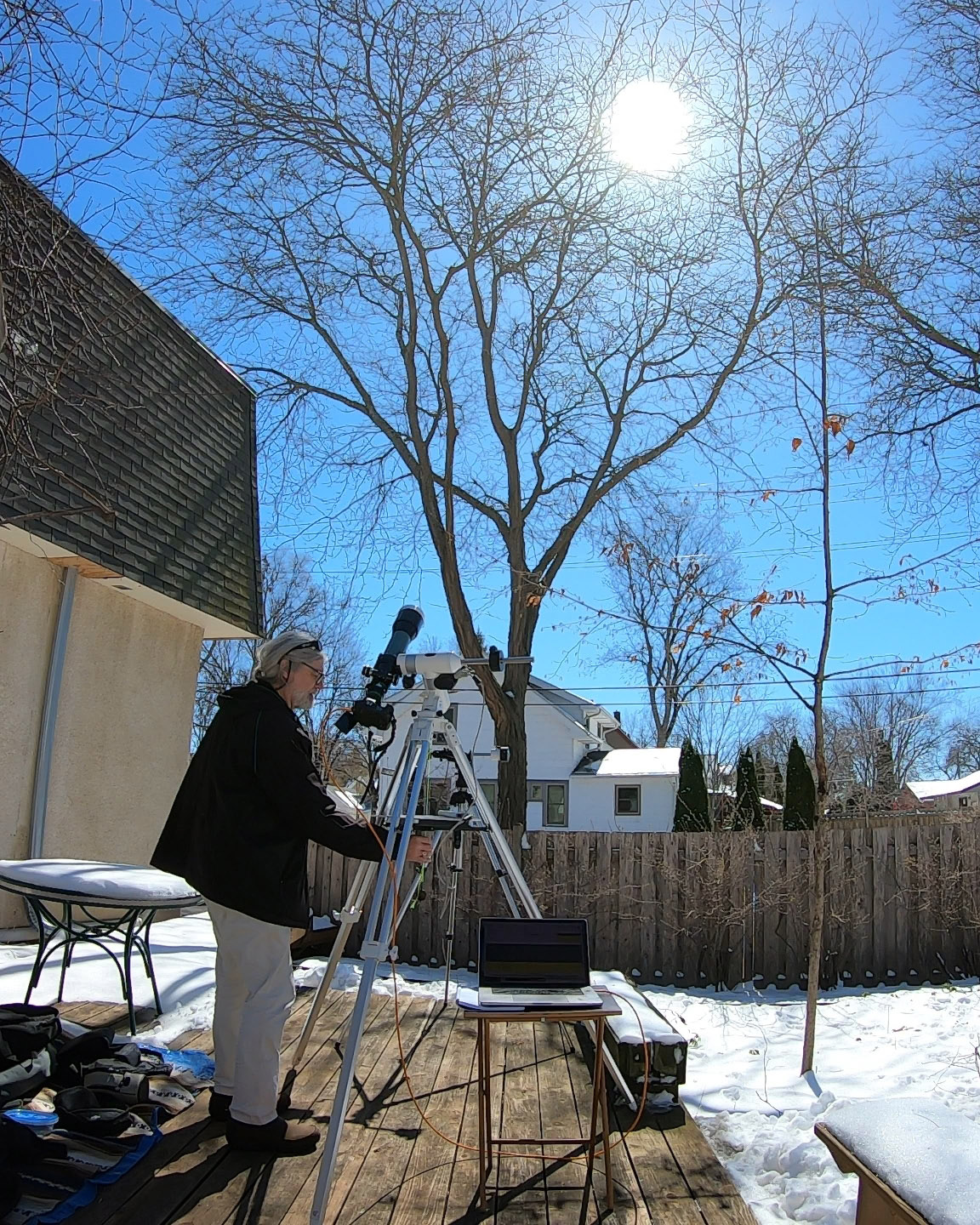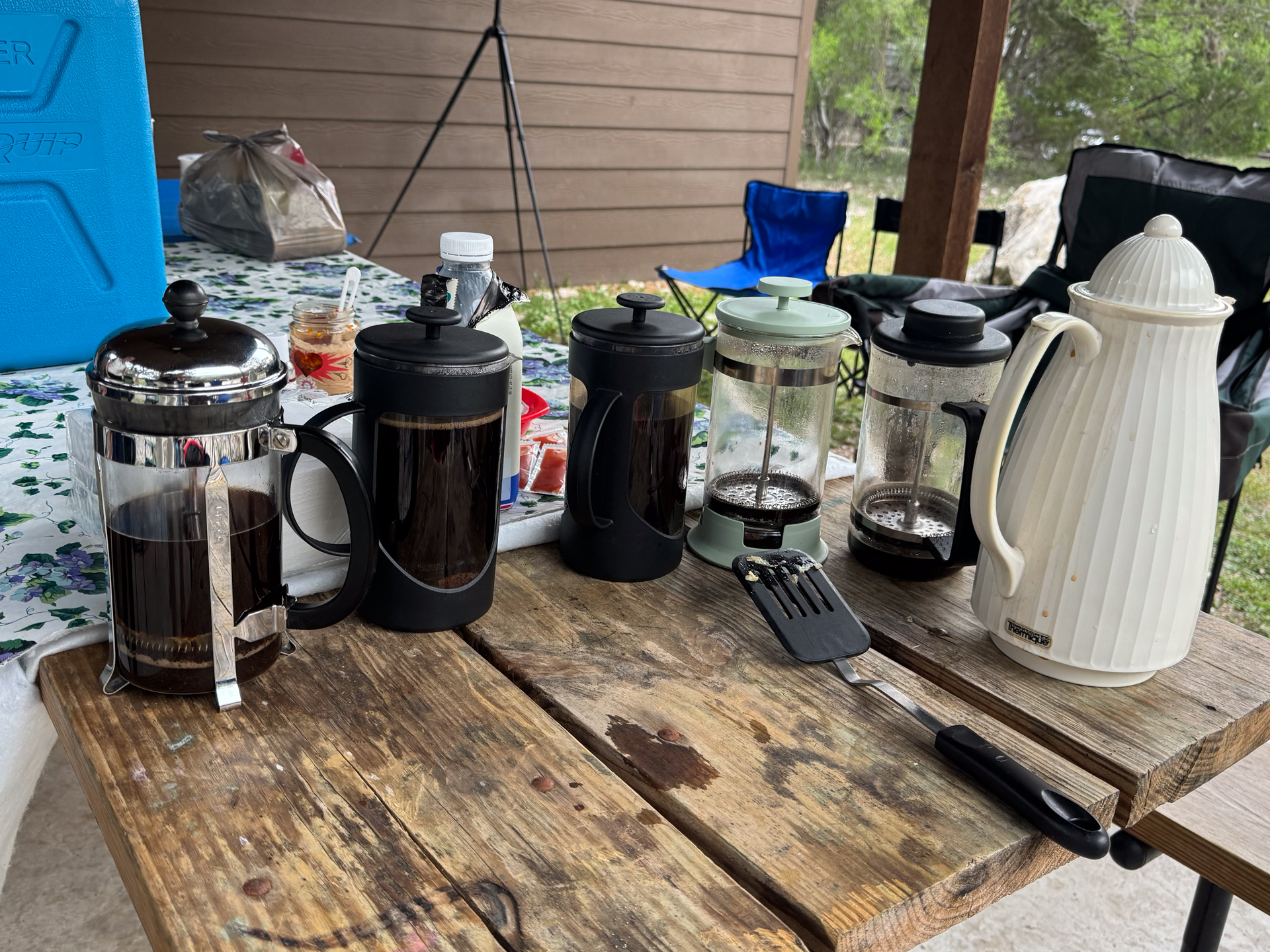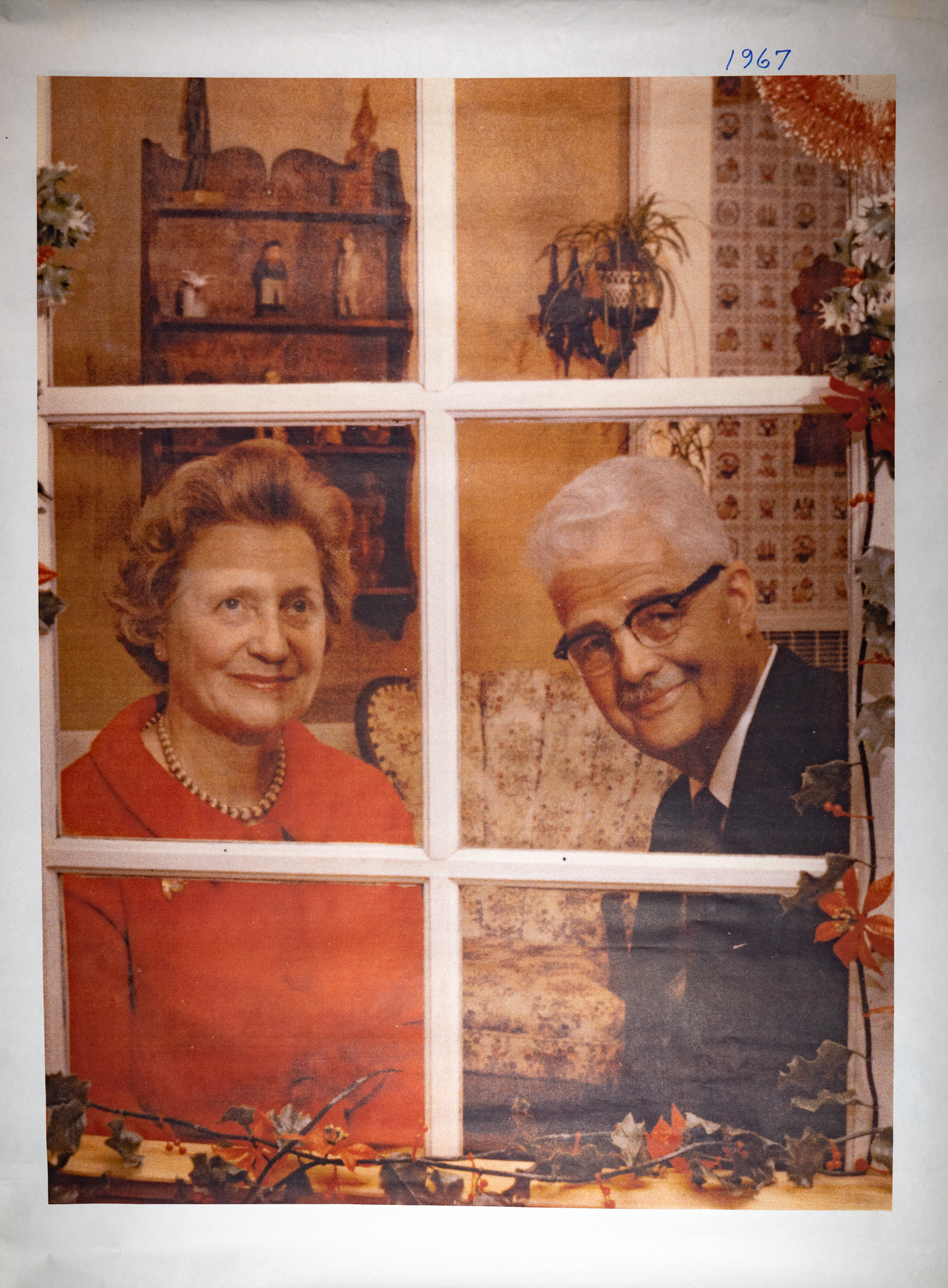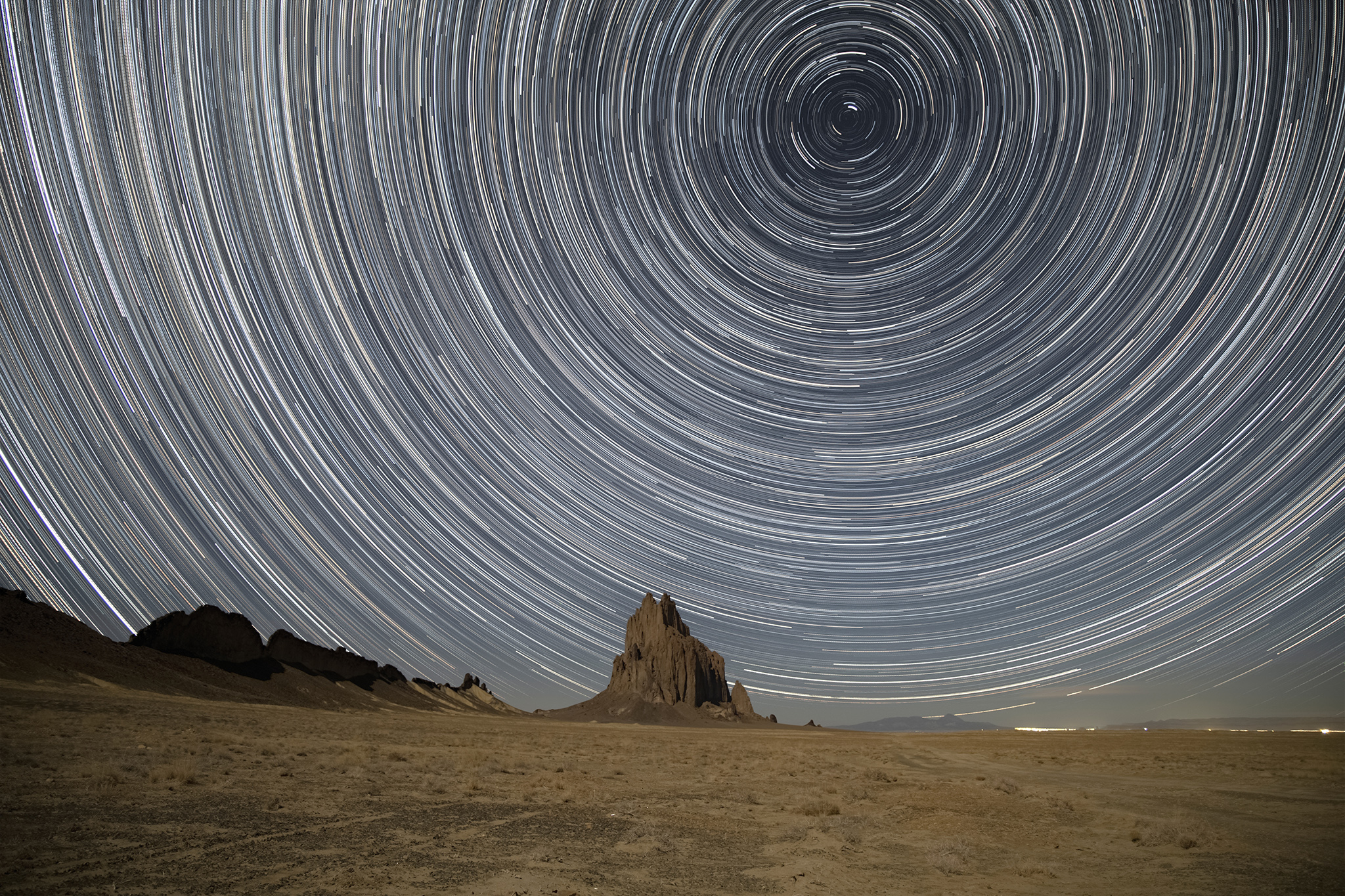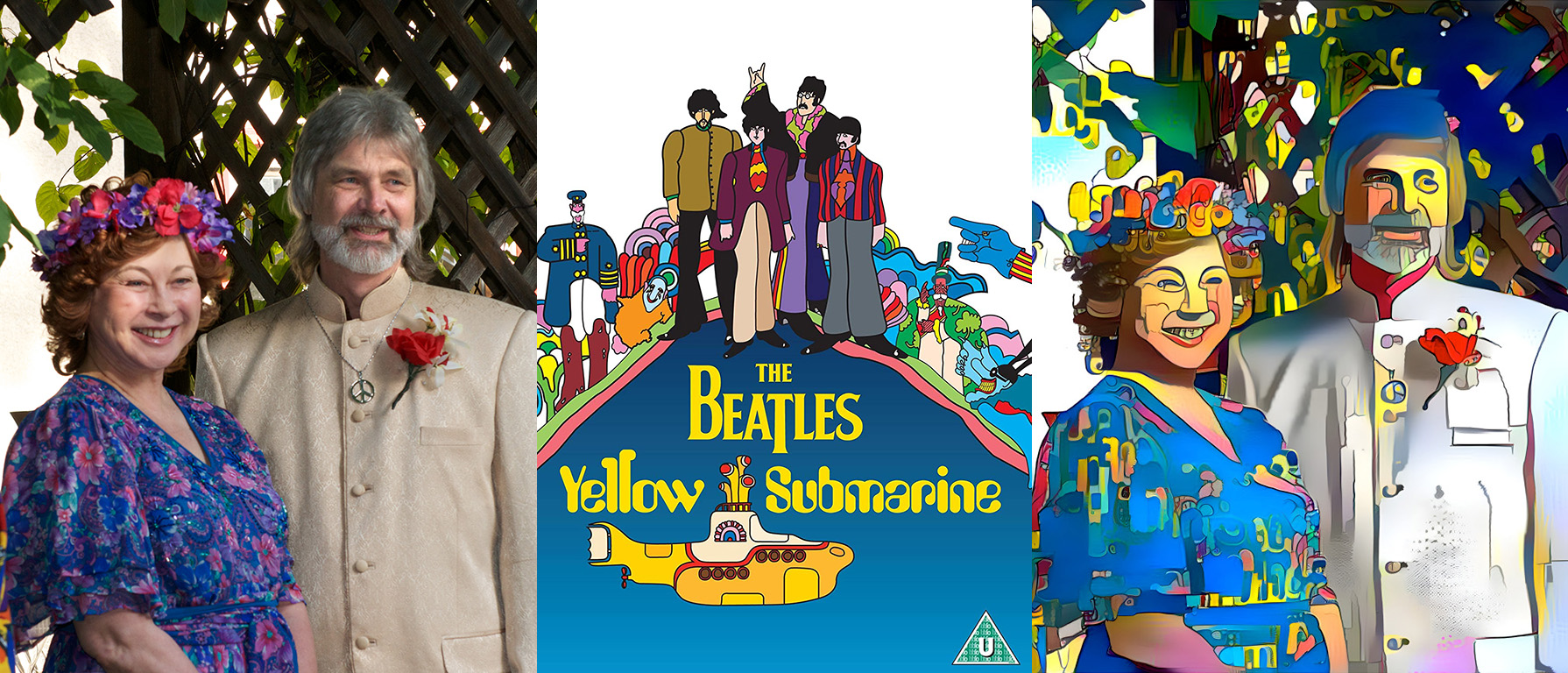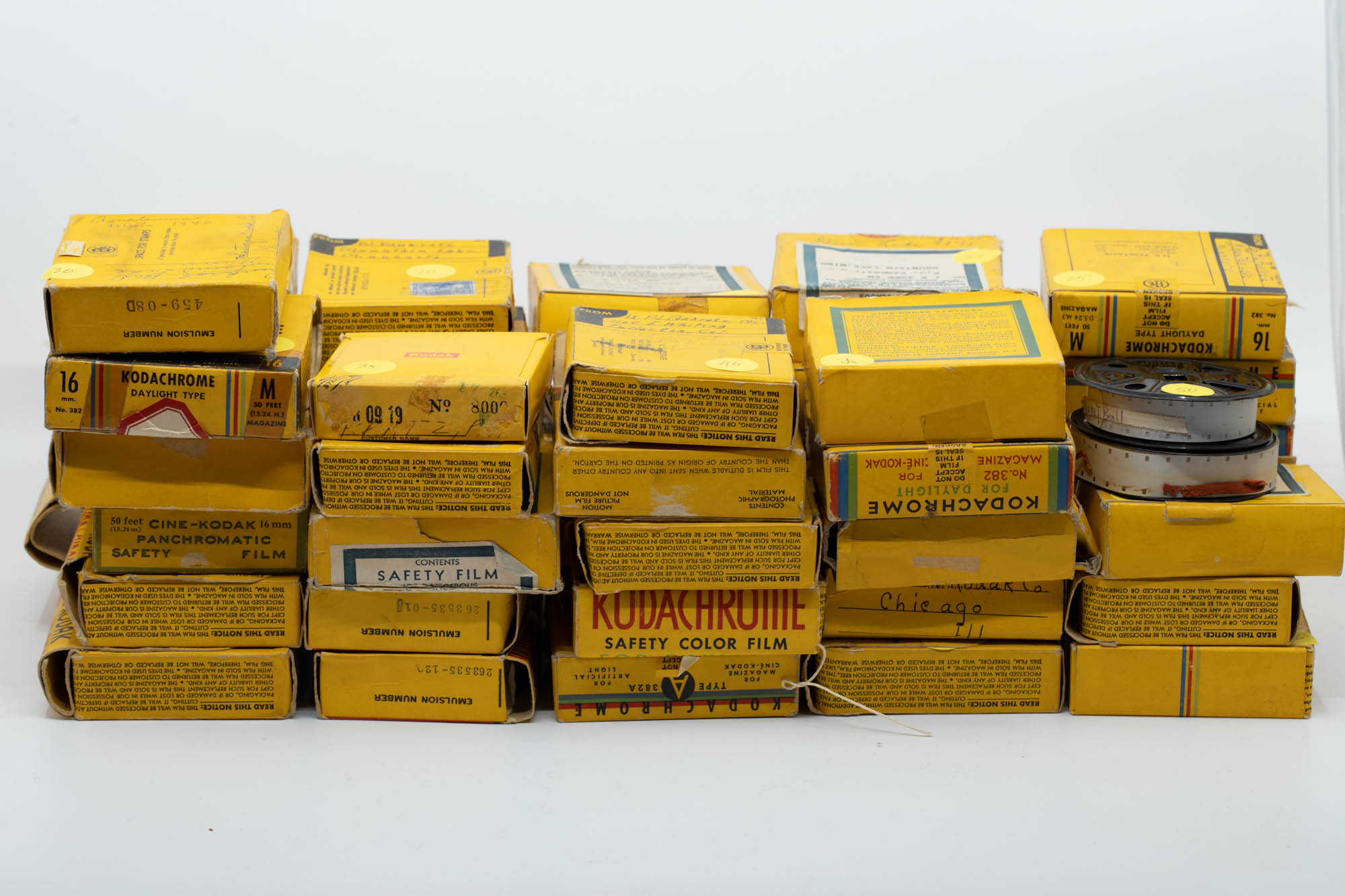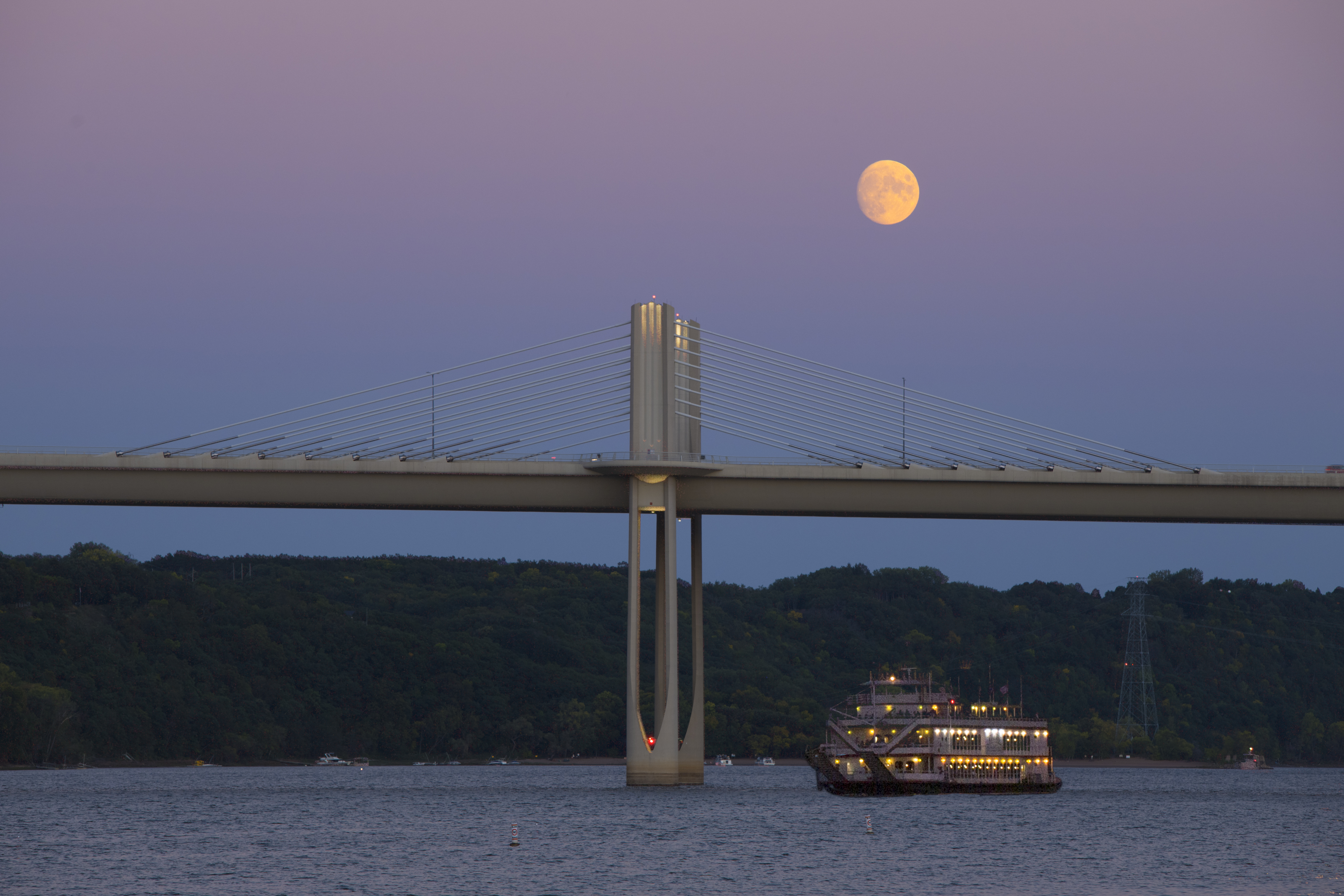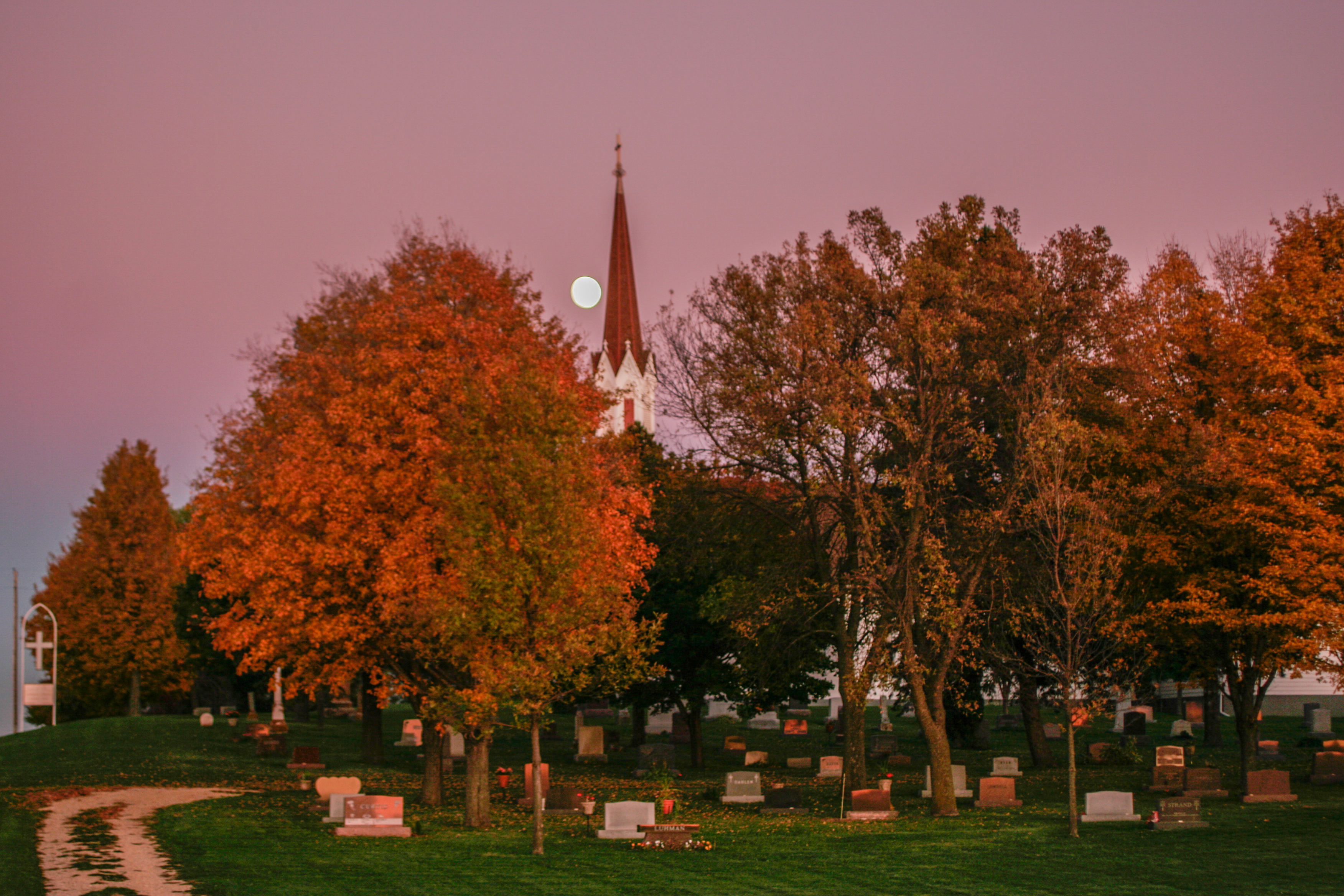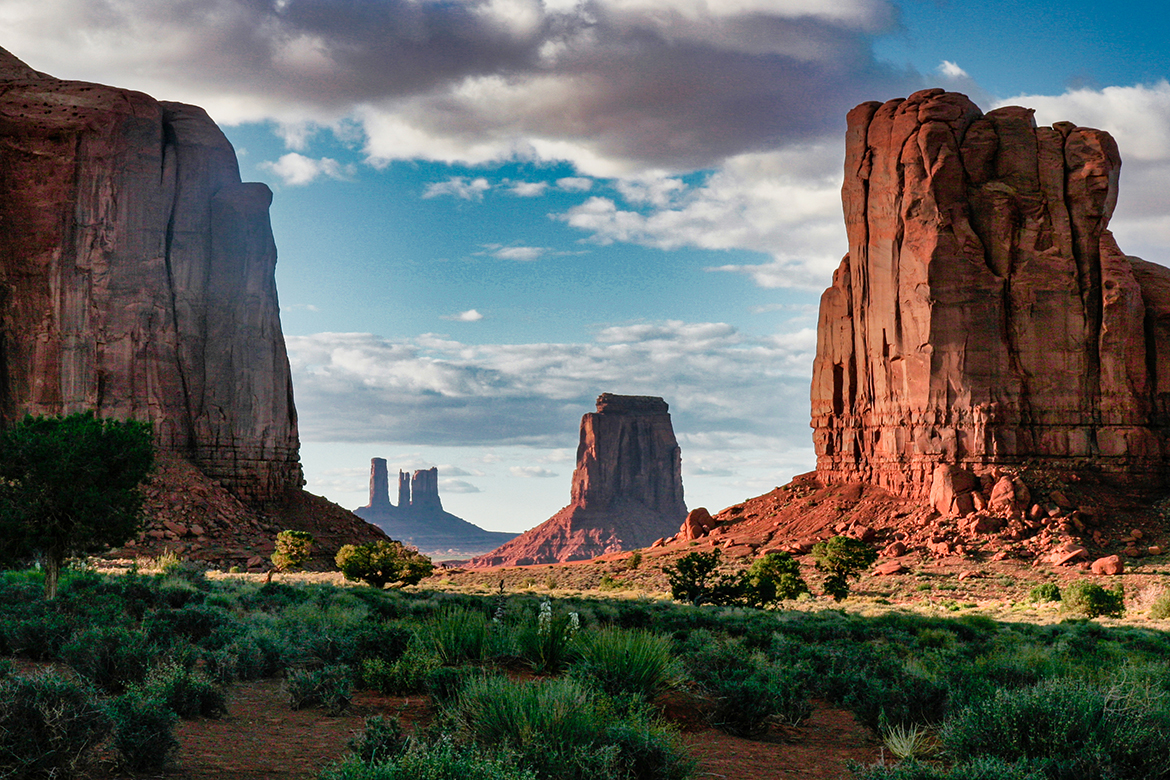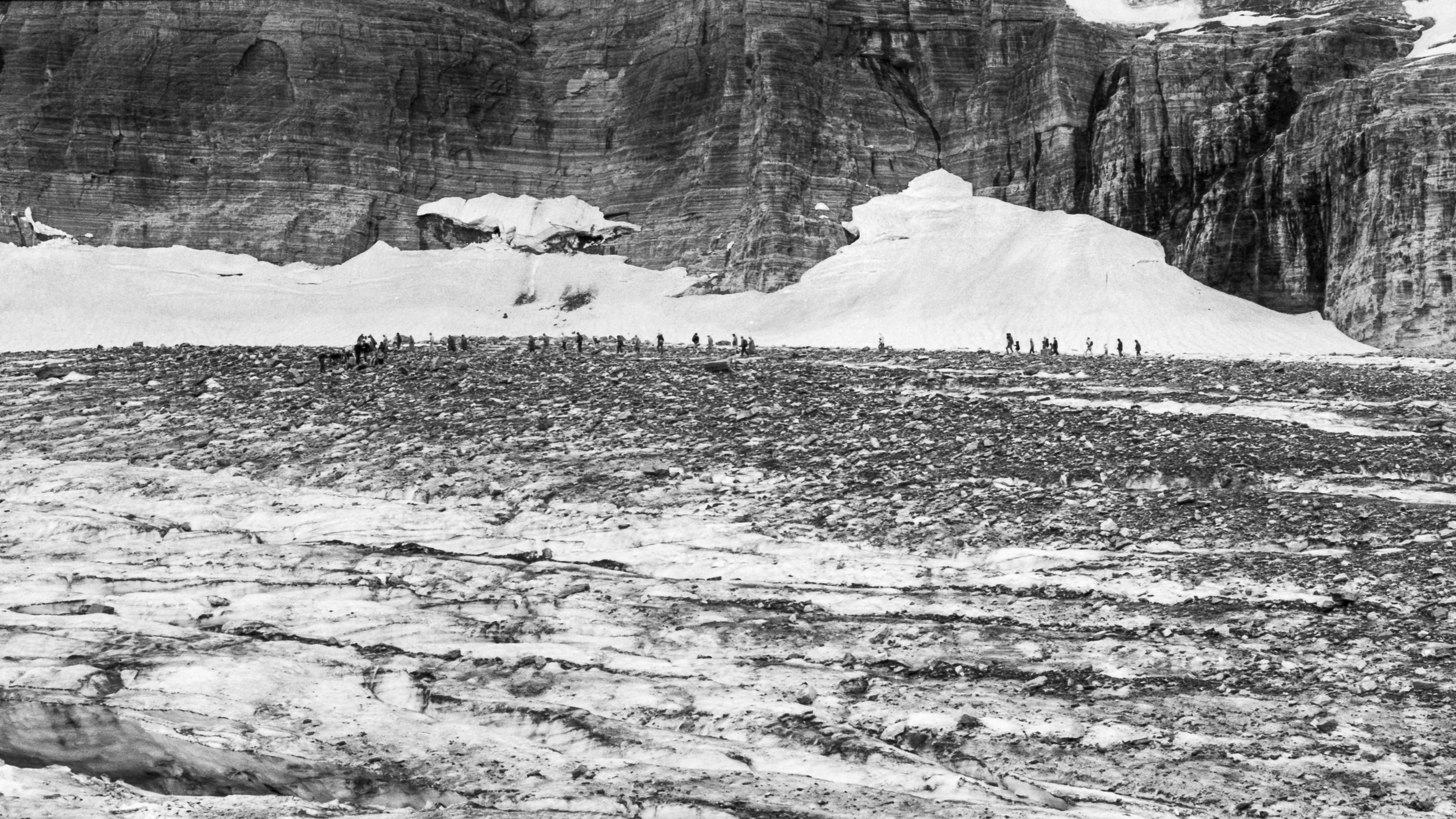
Most people now acknowledge that the climate has changed, even if they don’t agree on the reasons for it. Some of us are old enough to have seen the change firsthand.
As a teenager in 1970, I went on a hike with my family in Glacier National Park, a six-mile and 2000 foot climb to Grinnell Glacier. It was a thrilling experience to be hiking in the mountains, and then to actually walk out onto a real glacier! Both mountains and glaciers were things I had read about, but never personally experienced.
It was a ranger-led hike, and I learned a lot from the ranger’s descriptions of the geology, the plant and animal life, and the nature of glaciers, for which this park was named. I remember him telling us that the glaciers were shrinking. Nobody knew why, but it was possible that in a century they would all be gone. The park would still be called “Glacier”, but for the characteristic and beautiful glacier-cut valleys, not for the presence of glaciers themselves.
I have since had the opportunity to visit a few other glaciers including Sperry Glacier, also in Glacier Park, and the Athabasca Glacier, part of the Columbia Ice Fields of Banff National Park in Alberta Canada. Of course, whenever I have made these excursions, I have taken pictures, which have remained sequestered away in old photo albums or shoeboxes.
Continue reading
